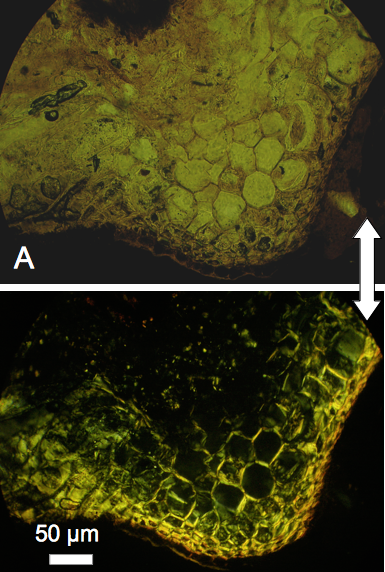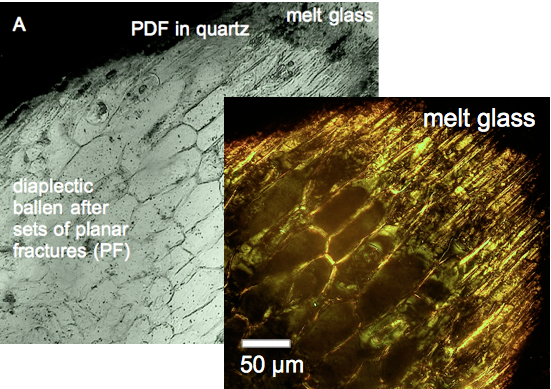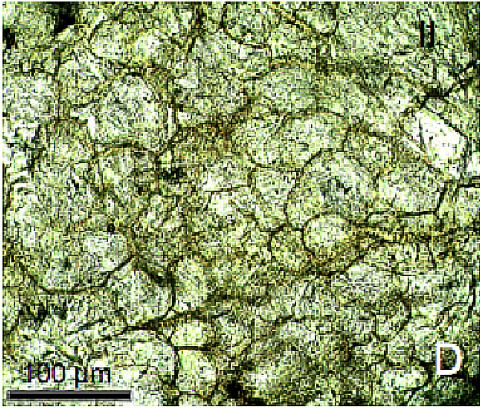Comment on: ” Schmieder, M. and Kring, D. A. (2020) Earth’s Impact Events Through Geologic Time: A List of Recommended Ages for Terrestrial Impact Structures and Deposits. – Astrobiology, 20, 91-141.”
by Kord Ernstson1 & Ferran Claudin2 (Jan. 2021)
Abstract: We use Schmieder and Kring’s article to show how science still works within the so-called “impact community” and how scientific data are manipulated and “rubber-stamped” by reviewers (here, e.g., C. Koeberl and G. Osinski). We accuse the authors of continuing to list the Azuara and Rubielos de la Cérida impact structures and one of the world’s most prominent ejecta occurrences of the Pelarda Fm. in Spain as non-existent in the compilation. The same applies to the spectacular Chiemgau impact in Germany, which has been proven by all impact criteria for several years. For the authors’ dating list, we propose that the multiple impact of Azuara is included together with the crater chain of the Rubielos de la Cérida impact basin as a dated candidate for the third, so far undated impact markers in the Massignano outcrop in Italy.
____________________________________
1 University of Würzburg, 97074 Würzburg (Germany); kernstson@ernstson.de. 2 Associate Geological Museum Barcelona (Spain); fclaudin@xtec.cat
A PDF of the complete article may be downloaded here.
Continue reading ““Earth’s Impact Events Through Geologic Times”: Comment on Schmieder & Kring article in Astrobiology”
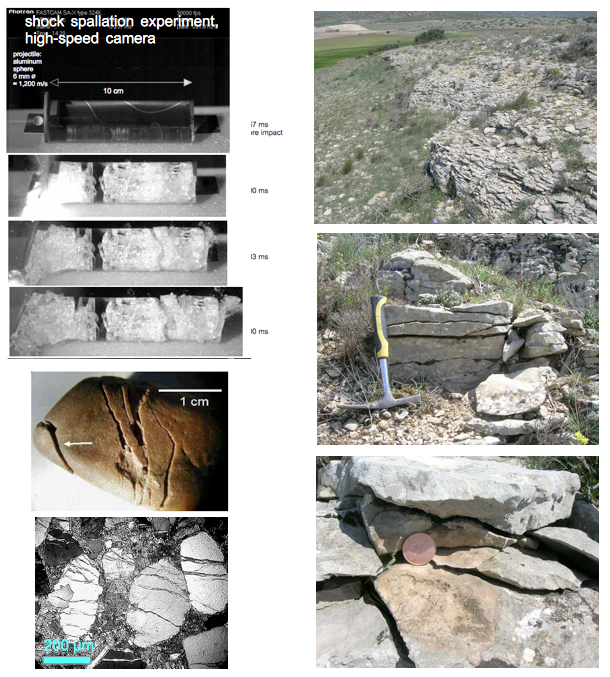







































































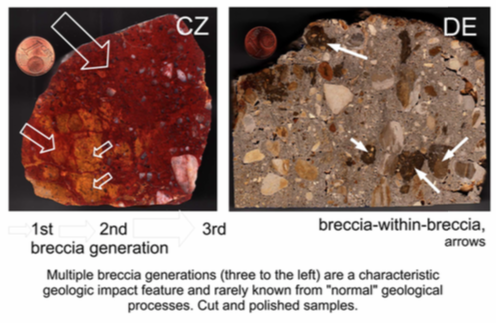
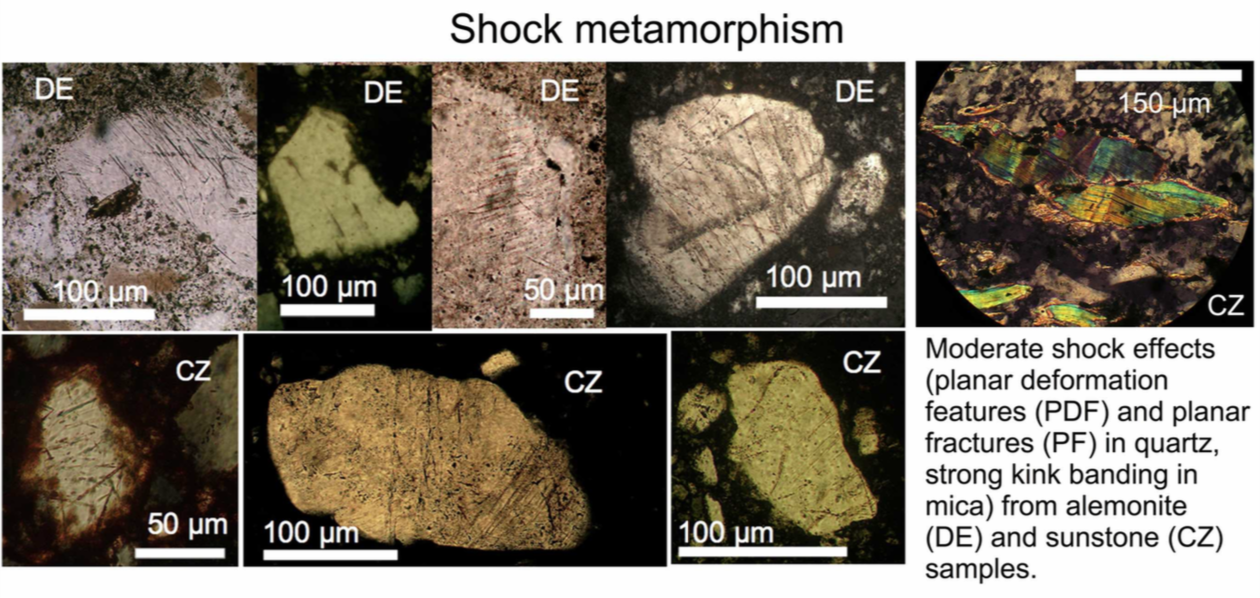
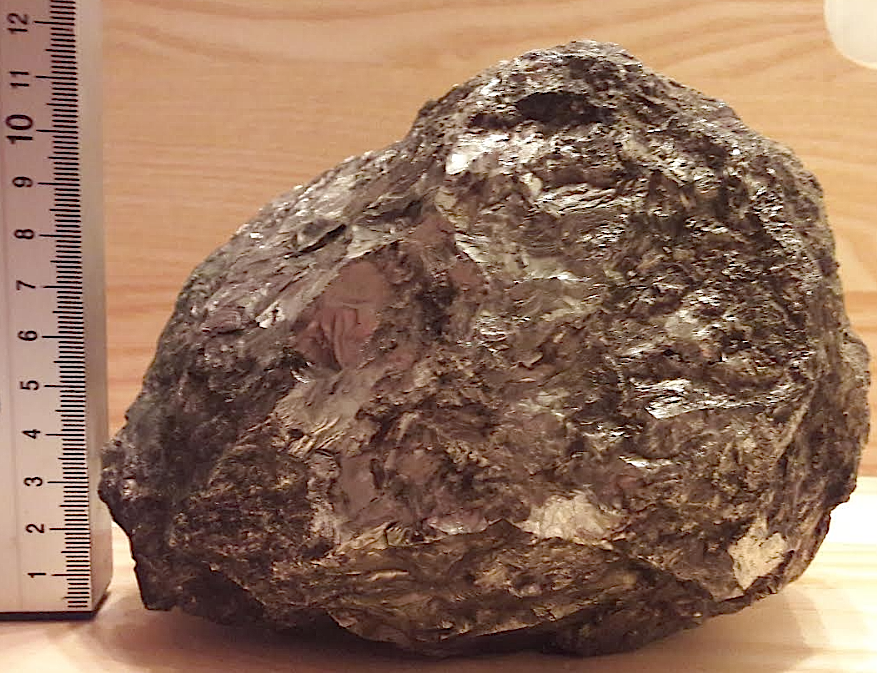
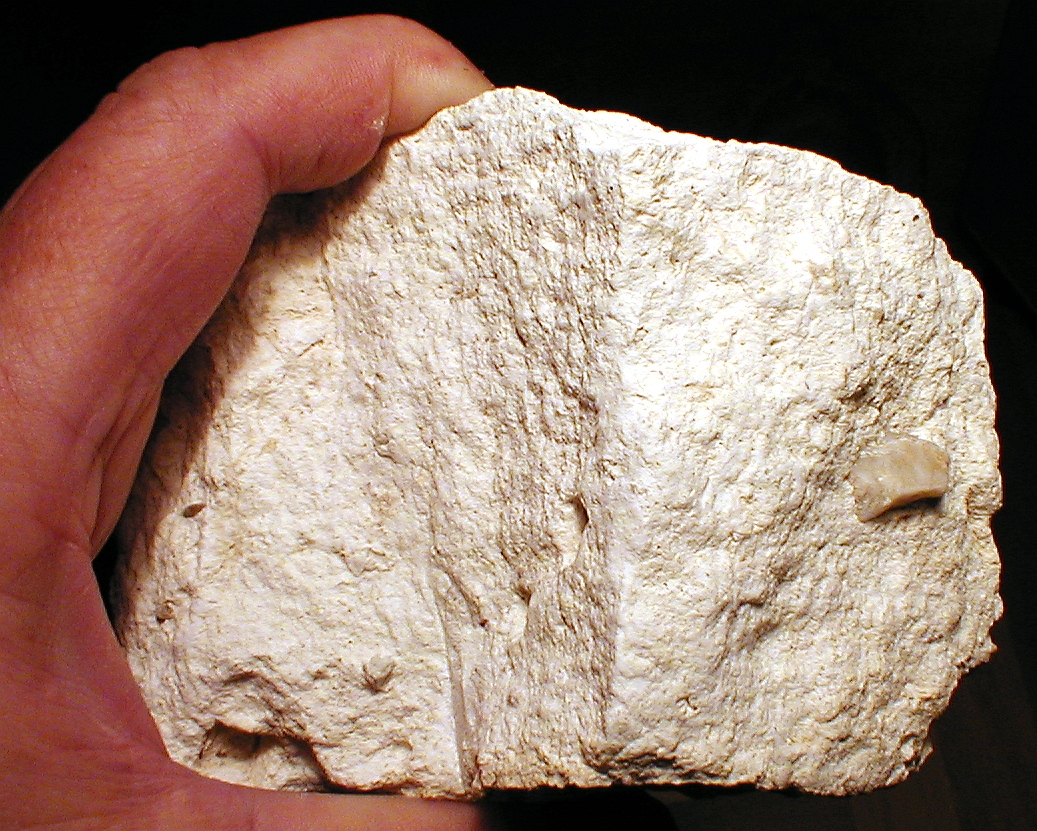
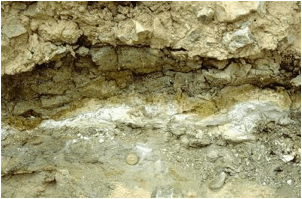
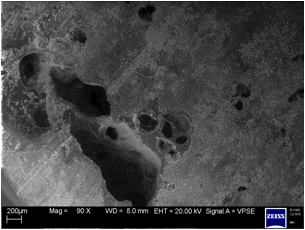
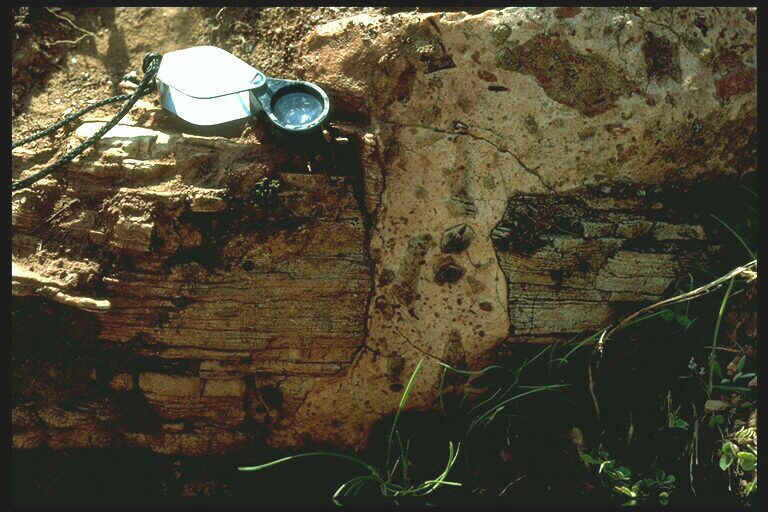
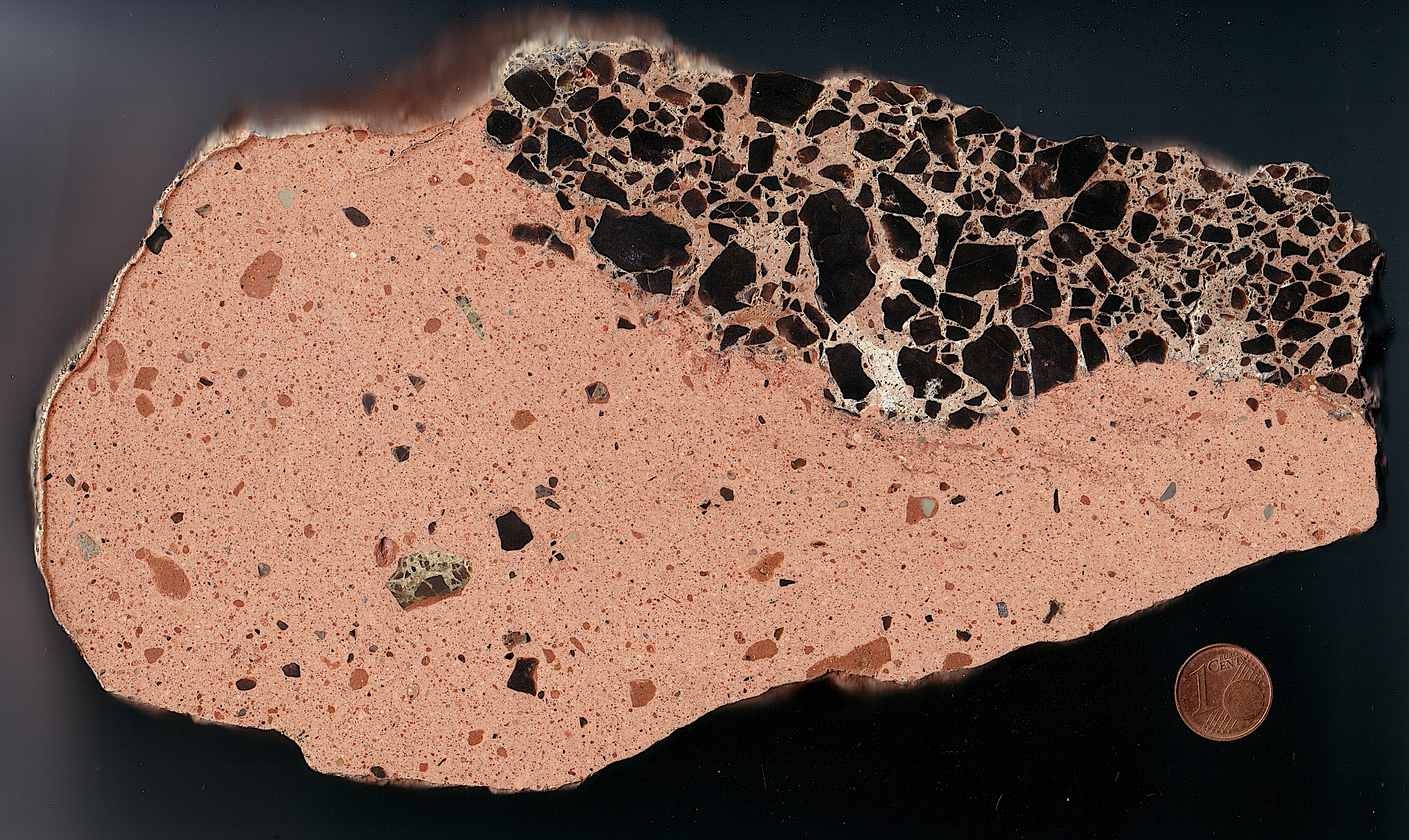
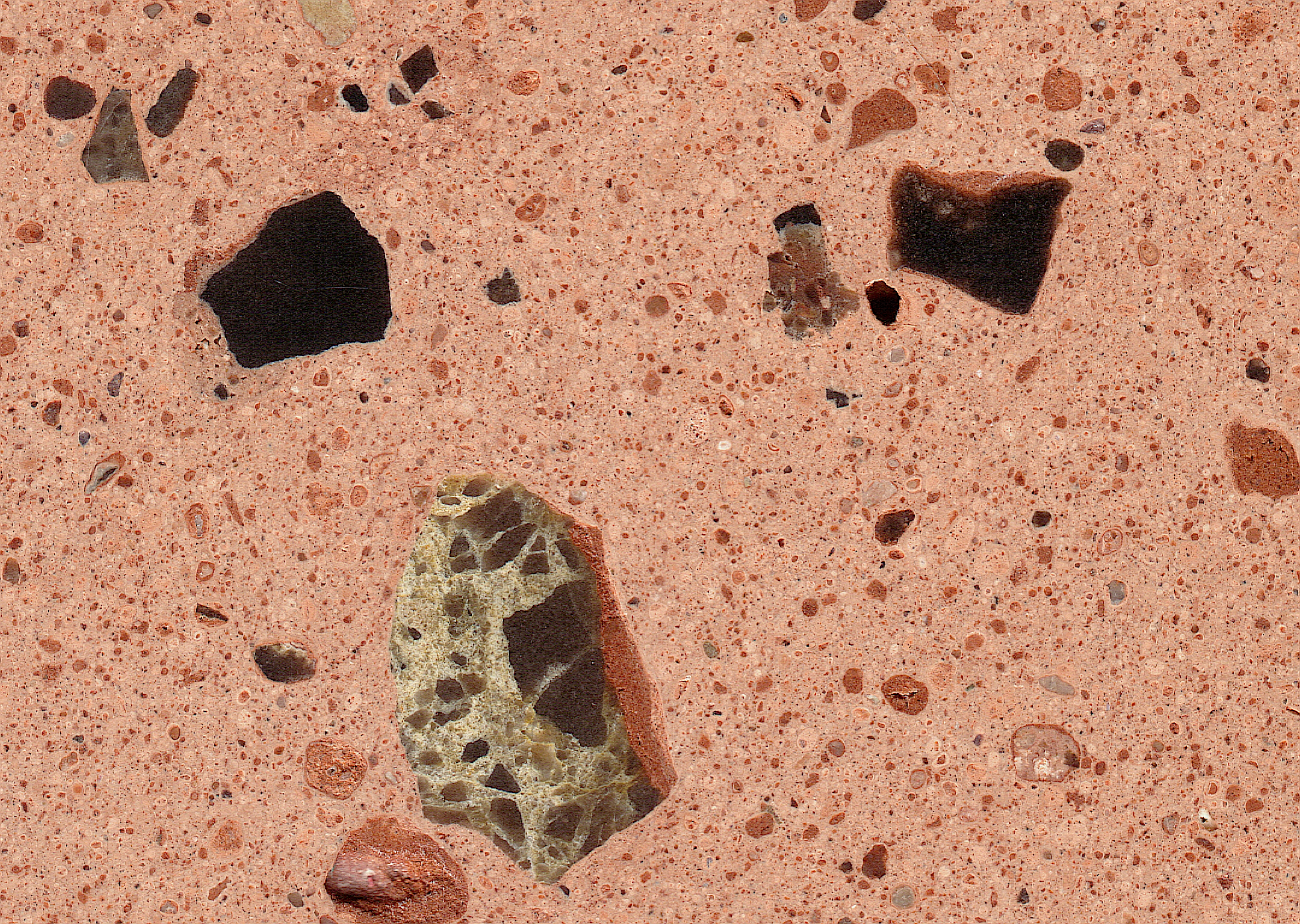
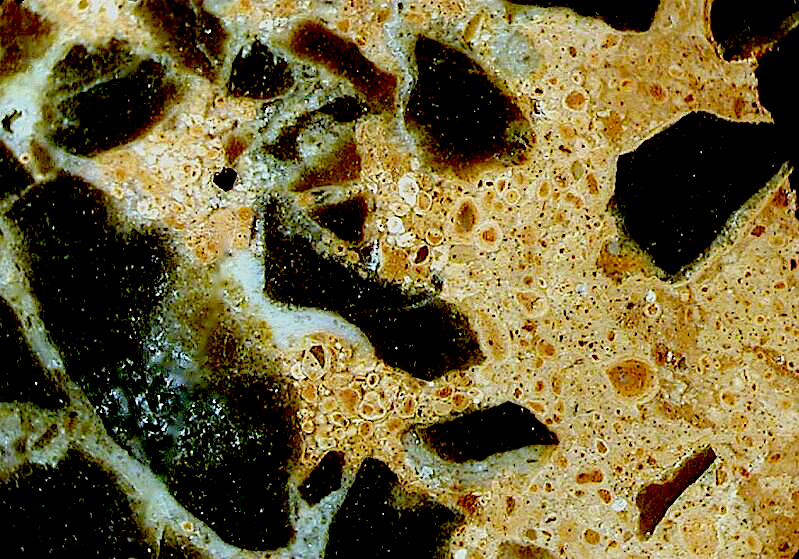
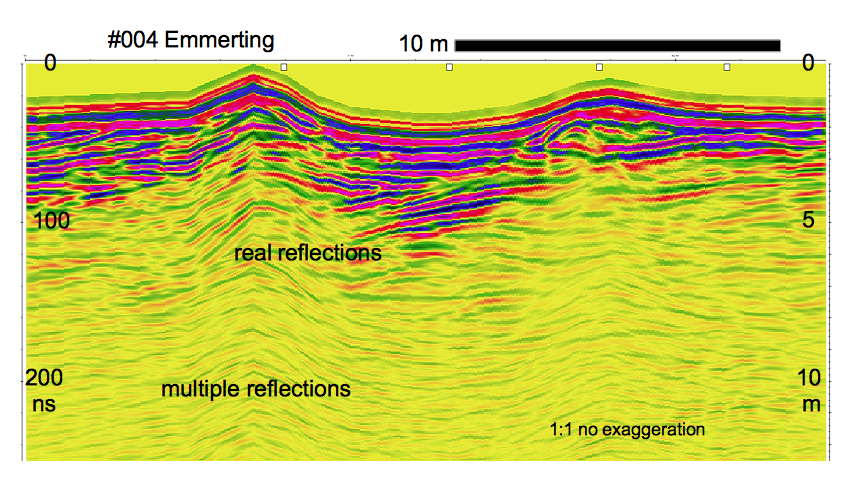 Ground Penetrating Radar (GPR) – meteorite crater Chiemgau impact
Ground Penetrating Radar (GPR) – meteorite crater Chiemgau impact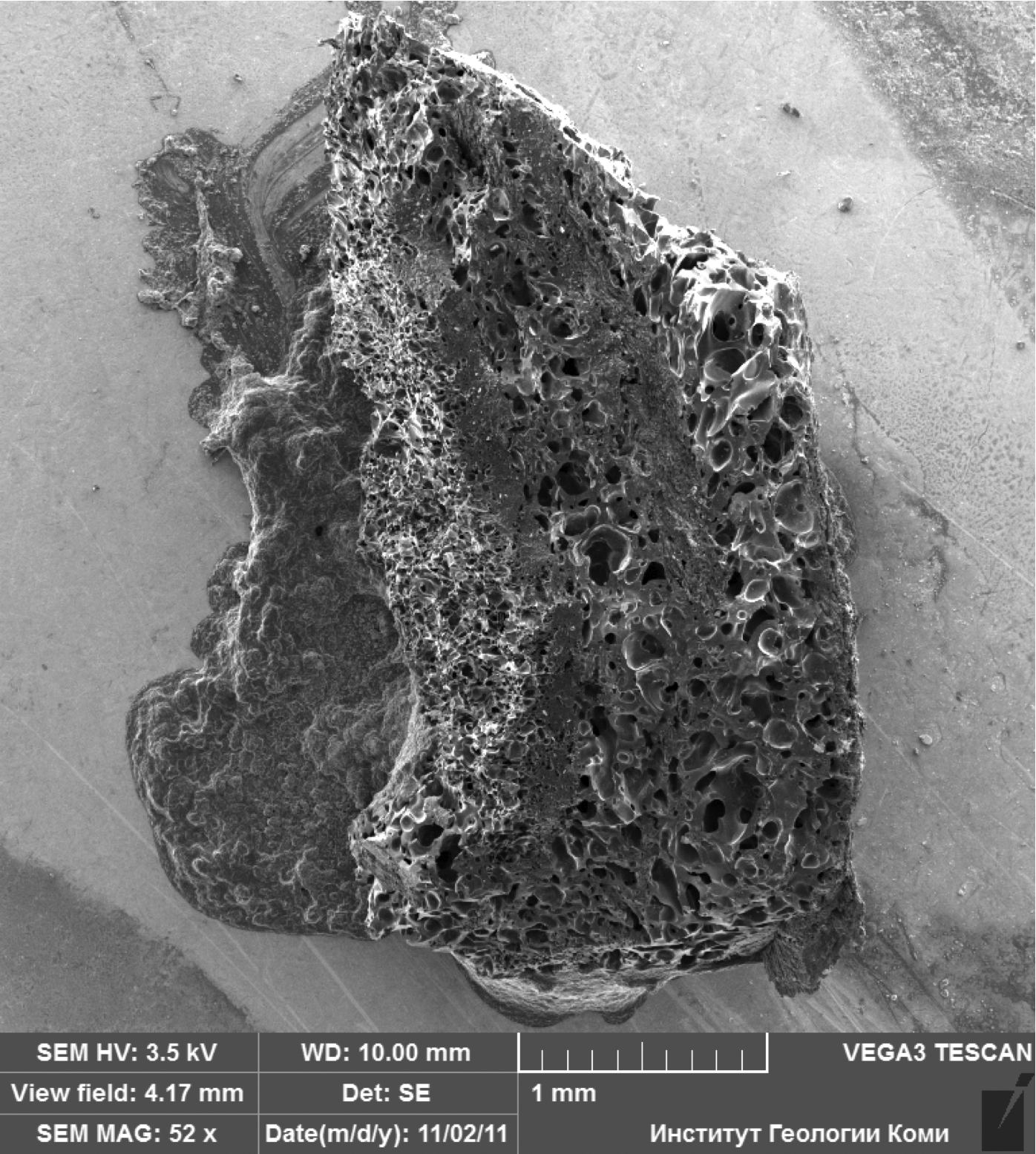
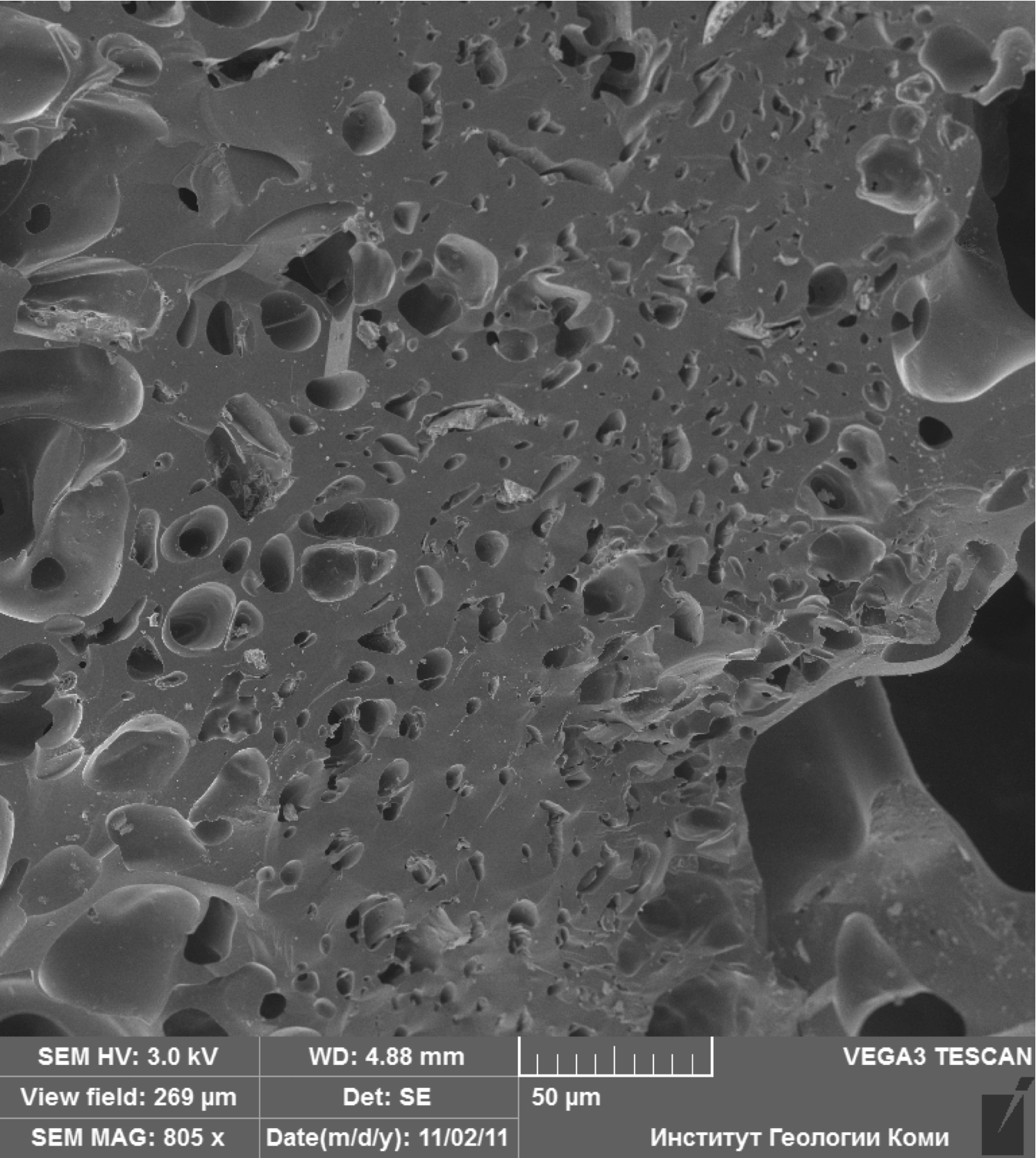
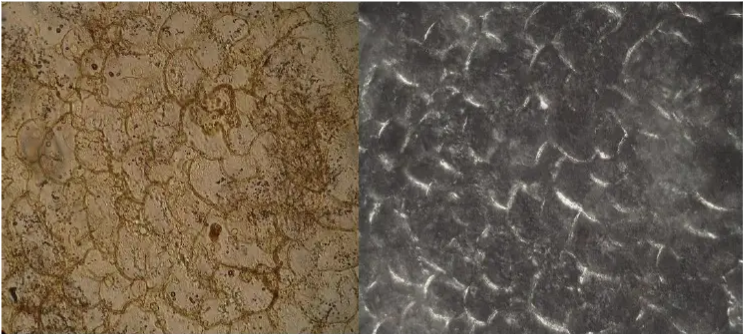
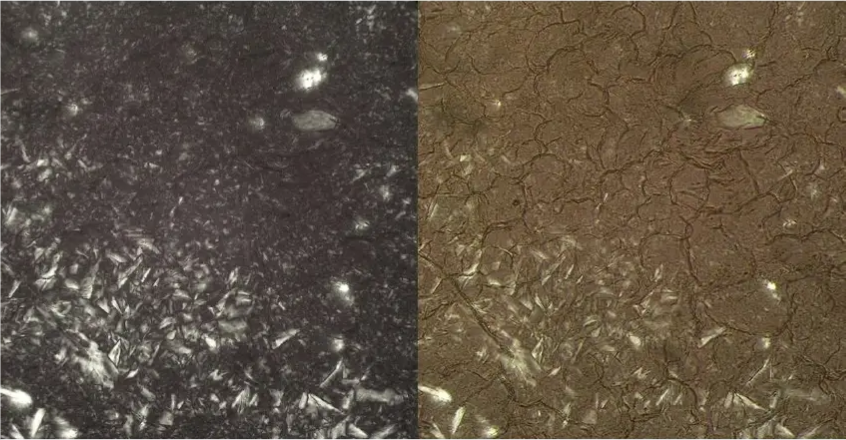 Ballen structures impact merging into tridymite and cristobalite.(photomicrographs, crossed polarizers and plane light; field width 1.4 mm). – Saarland (Nalbach, Saarlouis) impact.
Ballen structures impact merging into tridymite and cristobalite.(photomicrographs, crossed polarizers and plane light; field width 1.4 mm). – Saarland (Nalbach, Saarlouis) impact.
